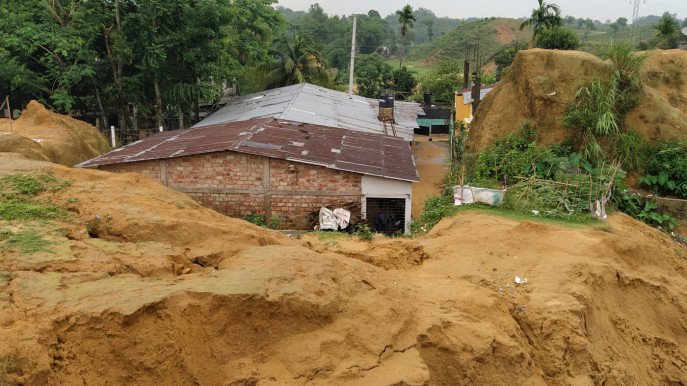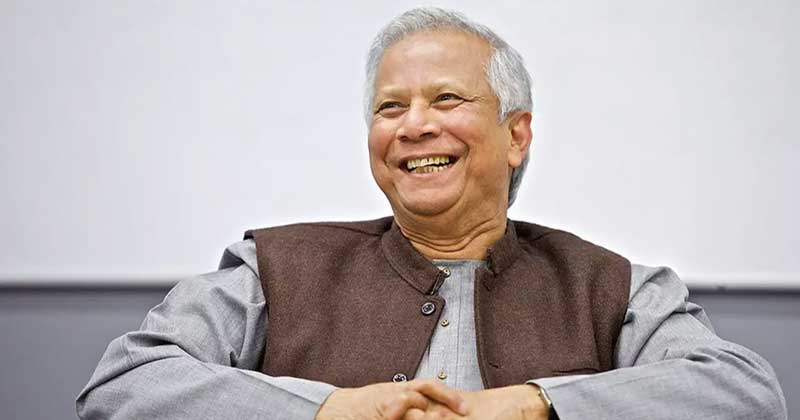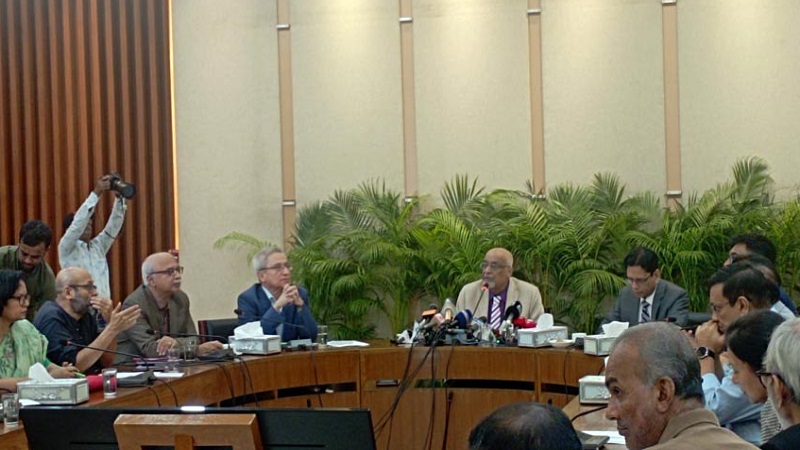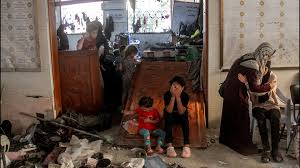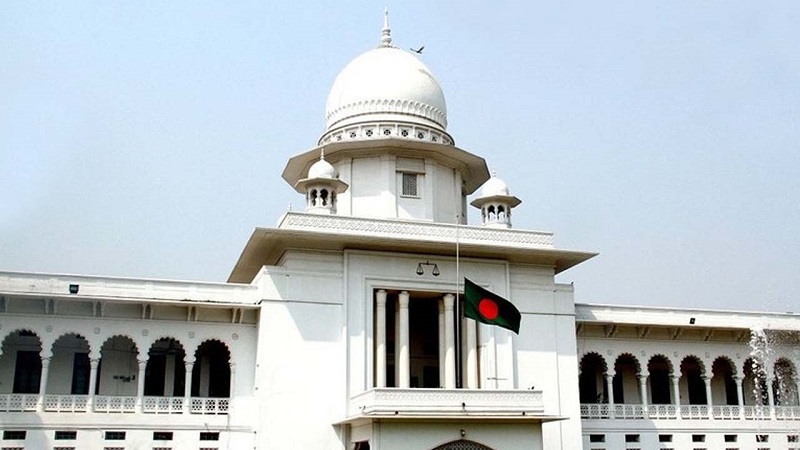It was 6 June this year. People in Sylhet got up from bed facing bad news: a landslide in Jaintapur claimed four lives of a family and left another five wounded early that morning.
Although mudslides are regularly happening in the region every rainy season, the casualties of the accident were the highest in recent memory.
It was not just an accident, for it was a concern as thousands of people living on the slopes of hillocks and foothills in the eastern district are at risk of such tragic occurrences.
"We conducted a survey three years ago and identified at least 10,000 families living on hillocks in risky conditions. The number of such families now has obviously increased," said Abdul Hai, chief coordinator of Save the Heritage and Environment, a local non-governmental organisation.
"Slicing away at hillocks, deforestation, and unauthorised use of hilly lands were the key reasons behind the landslides," he told The Business Standard.
The government, however, has no list of such families. It has no visible measures to rehabilitate them and save their lives as well, although the High Court, in an order in 2012, directed the authorities concerned to arrange the rehabilitation of the poor there.
Sylhet district has around 450 hillocks, mostly in the upazilas of Sylhet Sadar, Gopalgonj, Biyani Bazar, Fenchuganj, Jaintapur and Gowainghat.
A visit by the FP correspondent to several hill areas revealed that the majority of the foothill residents are poor and live there, ignoring the risk of landslides.
Shamsul Islam and his family live on the slope of a hillock, called Jagotila, in the Hawladarpara area of Sylhet city. "It is government land. We live here as we have no other alternatives. We are poor and unable to buy land or afford a rented house," he told FP.
The middle-aged man expressed his helplessness and said the family dreads rain as it can cause landslides anytime.
"Following a writ petition filed by us in 2012, the High Court banned the cutting of hills in Sylhet. At the same time, it instructed the authorities concerned to rehabilitate the poor people living at risk in the foothills. Ten years on, the directive is yet to be implemented," said Shah Shaheda Akhter, Sylhet coordinator of the Bangladesh Environment Lawyers Association.
She told TBS that even the district administration has no idea how many people live at risk there. "Due to the carelessness of the government, accidents and deaths are happening again and again."
"In most of the cases, land-grabbers build houses on the hillocks for the poor and low-income people as a strategy to occupy and cut down the hill land," Shah Shaheda Akhter explained.
When contacted, Deputy Commissioner of Sylhet Md Mujibur Rahman told FP that the hillock residents could not be shifted despite repeated attempts, as many have their own land and houses close to the hills.
"As in previous years, we have through use of mikes several times urged them to move to a safe place. But no one listened. It's a big problem," he added.
"We are now seriously thinking how we can have the families permanently moved. I will instruct the upazila nirbahi officers to prepare a plan in this regard. If anyone is found landless, we will try to bring them under the government's shelter scheme," the deputy commissioner said.


